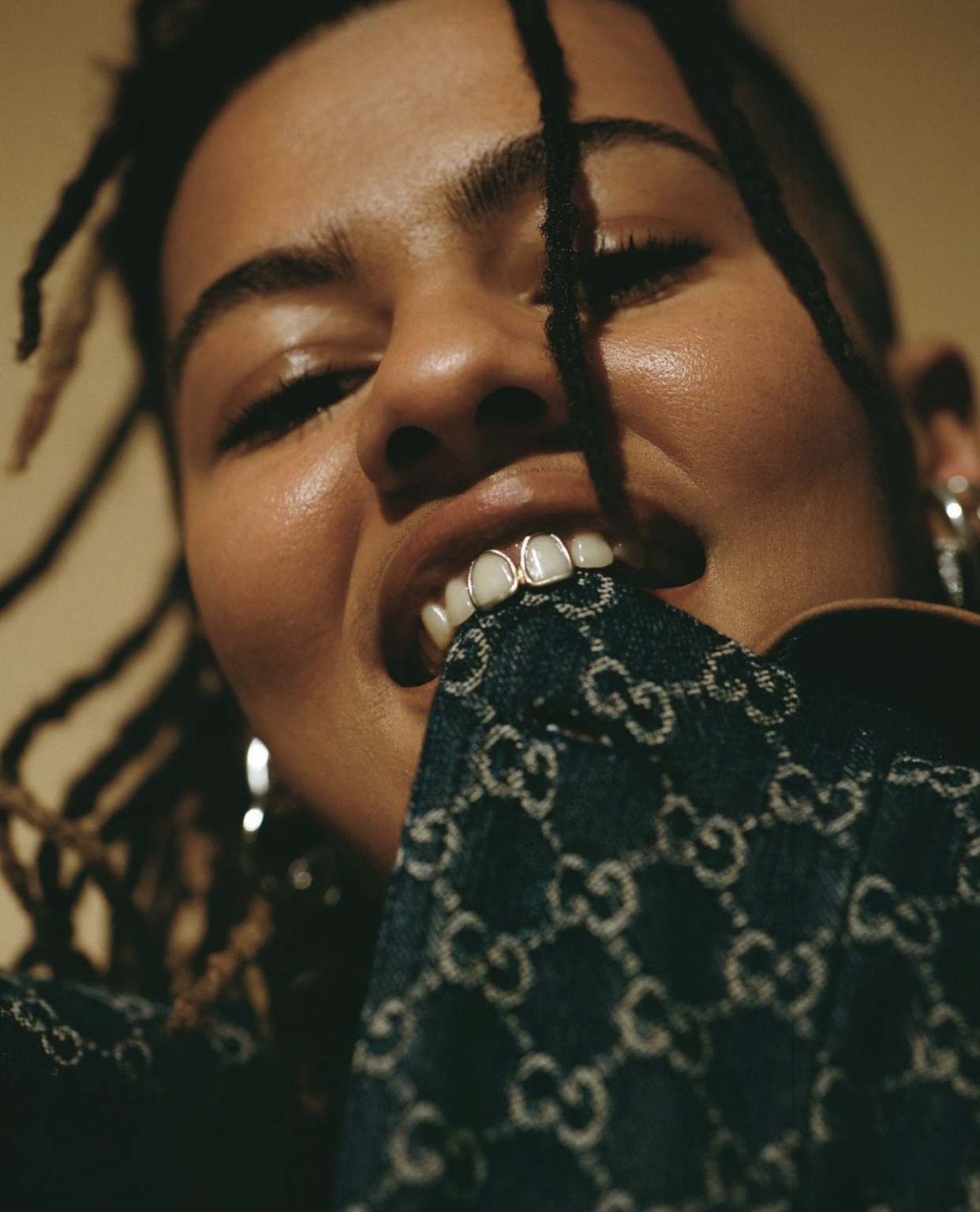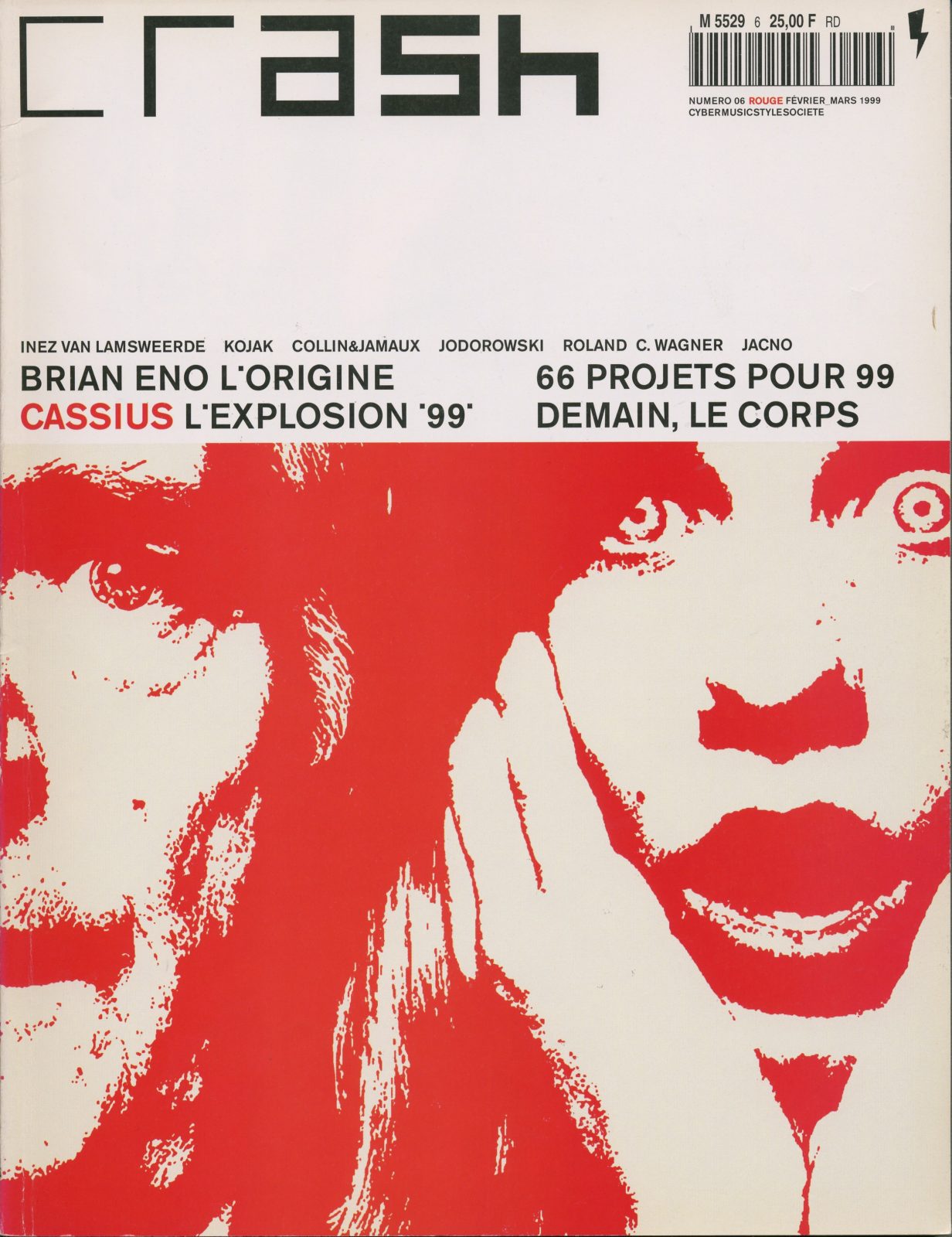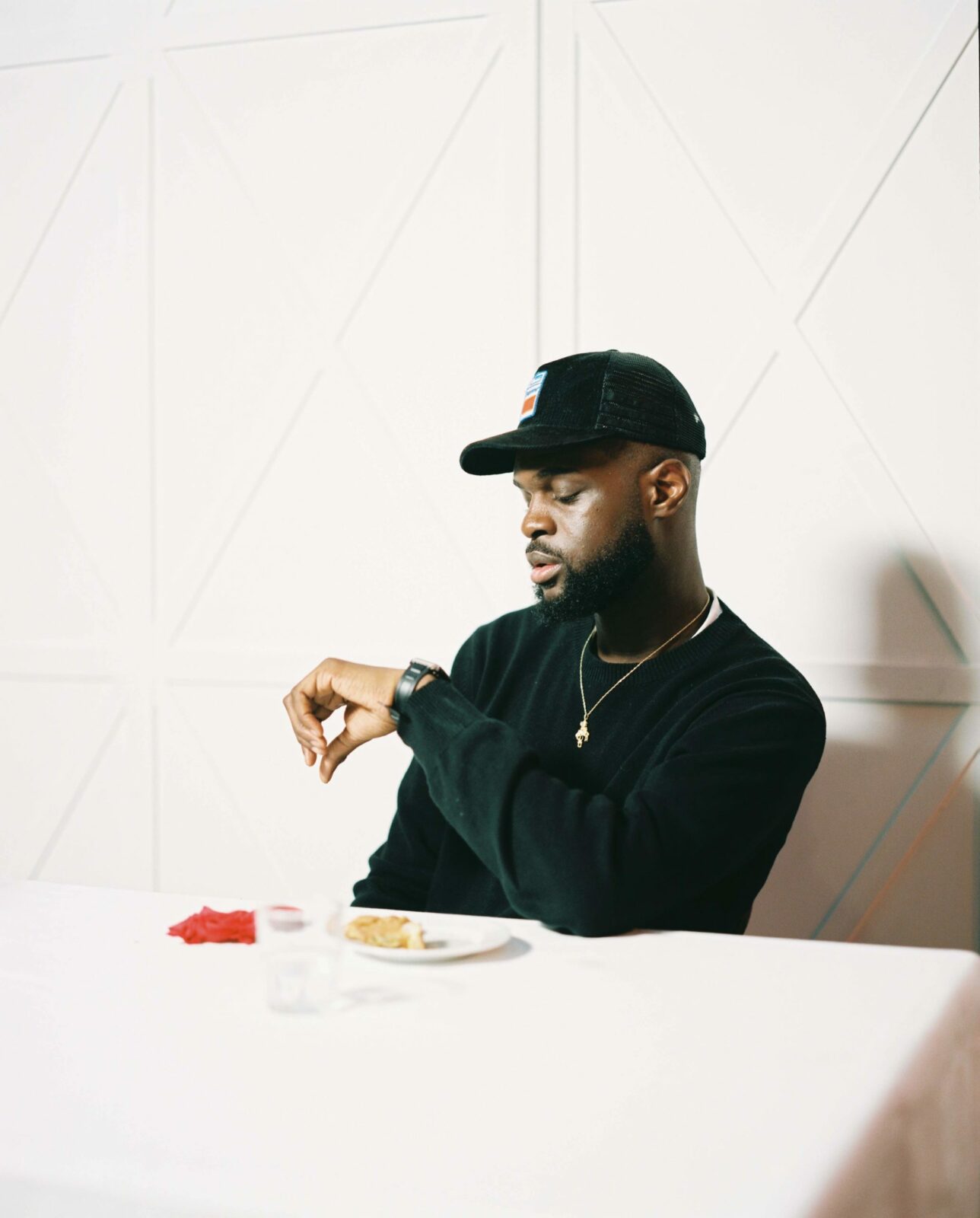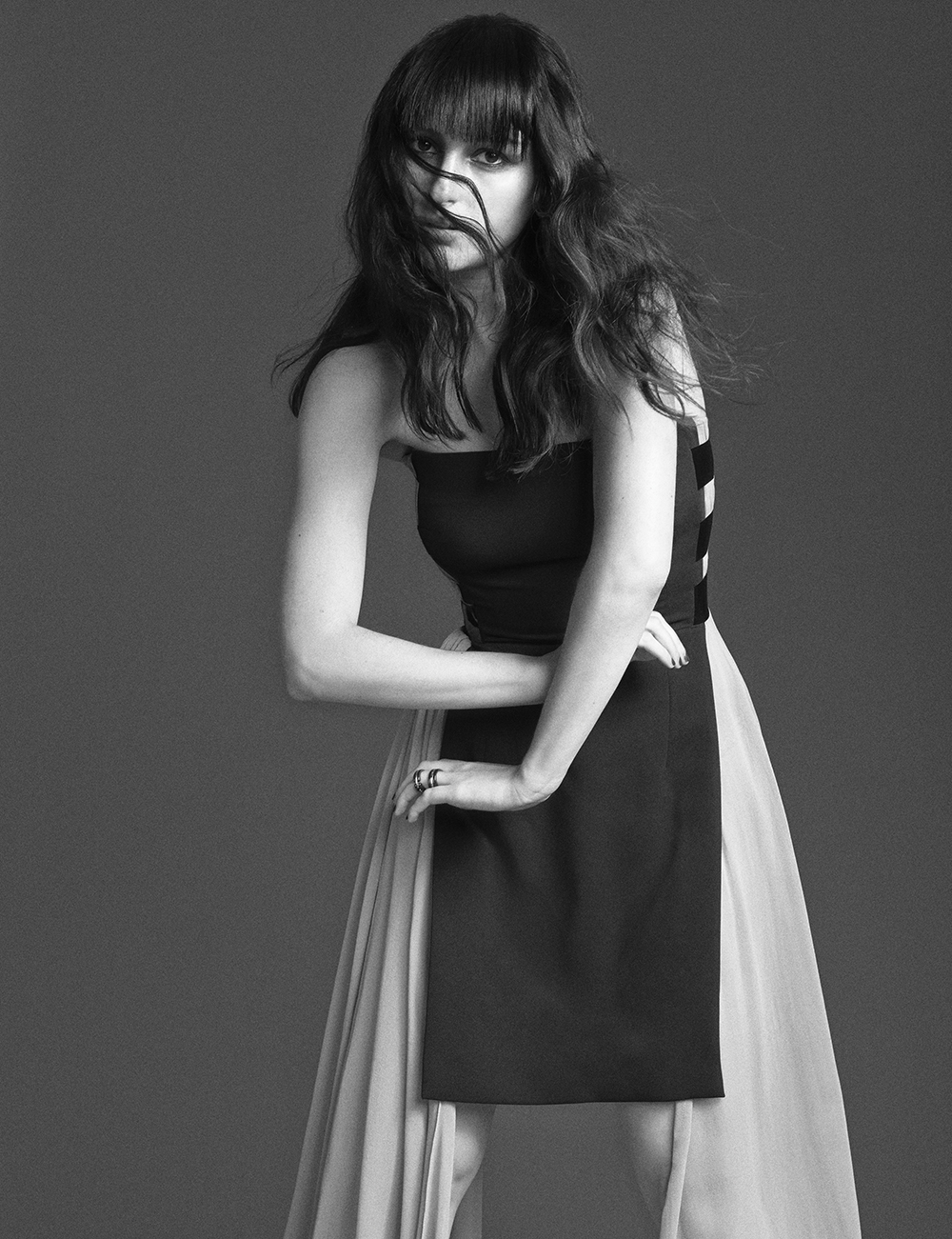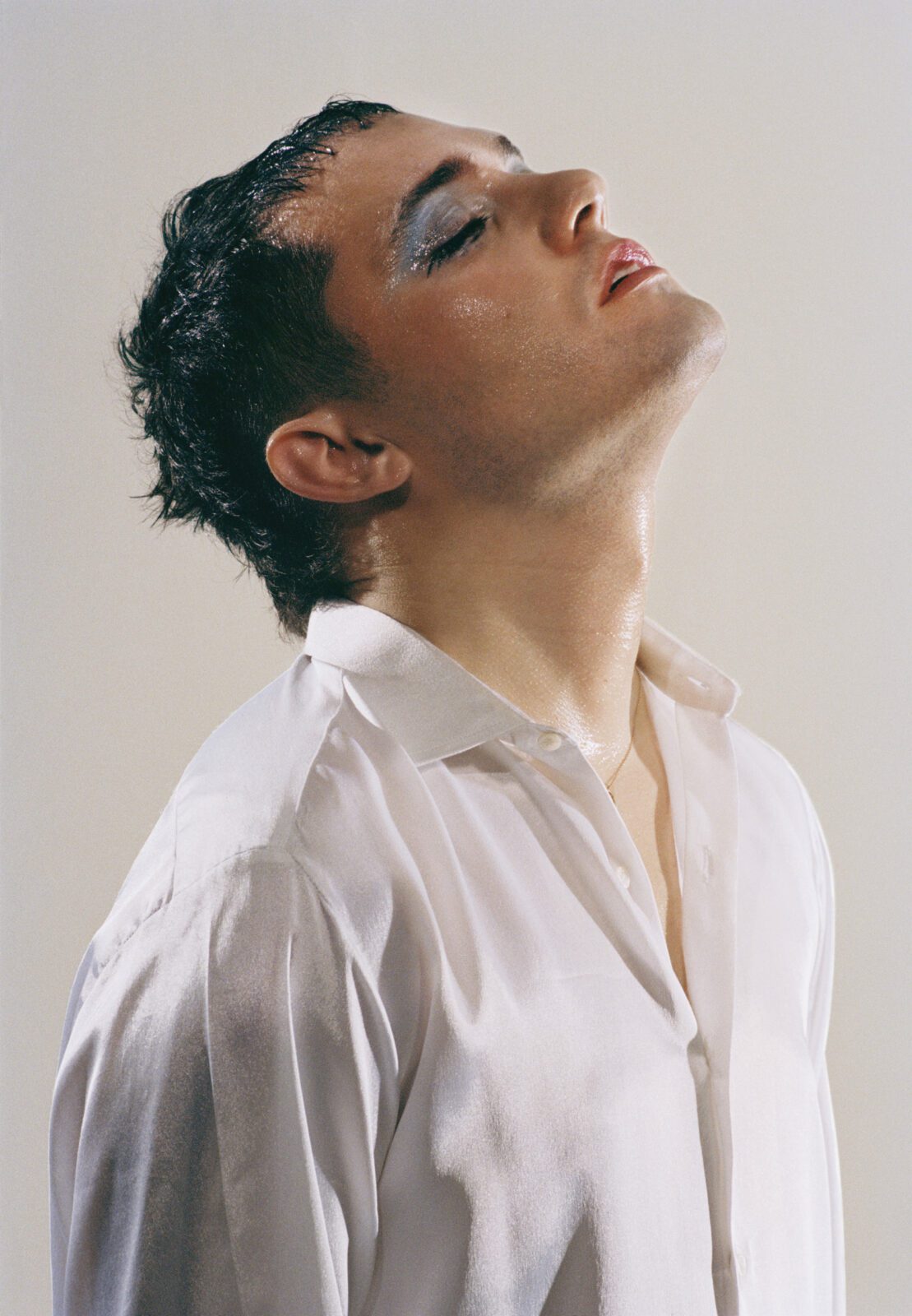
A MEETING WITH PABLO PADOVANI OF MOODOÏD
By Roisin Breen
A natural born creative, Pablo Padovani, grew up in a small village in the South-West of France, where he whiled away his childhood days building film sets out of cardboard and putting on performances for friends and family. He moved to Paris to study cinema and went on to forge a successful career directing music videos for a vast array of artists including Juliette Armanet and Cola Boy. His imagination knowing no bounds, he developed his musical project Moodoïd, under the mentorship of Tame Impala’s Kevin Parker in 2010 as an outlet for his countless ideas and inspirations. As what began life as a psychedelic rock band, the project has ventured into an eclectic assemblage of musical genres, spanning jazz, electronic and indiepop, culminating in his latest project PrimaDonna and PrimaDonna Volume. Born out of a desire to work with a team full of female artists, musicians and technicians, PrimaDonna consists of two volumes of work, each track in collaboration with a different female artist. The tracks tell the stories of love, language, travel and desire taking listeners on a worldwide journey and into the universes of each of the distinct collaborators of each song.
PrimaDonna Volume 2 drops today, Friday 7th April, and is available on all major streaming platforms. Catch Moodoïd in concert at Paris’ Ground Zero this April 14th, and at We Love Green this summer. Check out our full interview with Pablo below where he talked us through his creative process, the building of the album and the amazing selection of artists he worked with on this project.
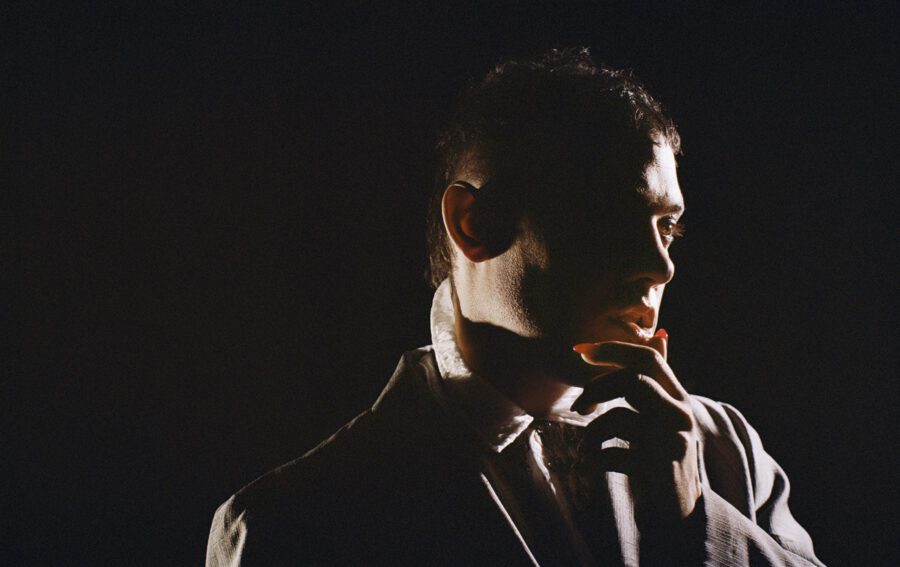
Salut Pablo! Congratulations on the drop of PrimaDonna Volume 2, out today! Can you tell us a little bit about the concept of the project as a whole?
The idea of doing this album came from a duet I did on my previous album, a song called Langage. It was in collaboration with a Japanese artist called Wednesday Campanella. It was such a great project, I sang on one of her records, she sang on one of mine and it gave rise to a long term collaboration where I went to Japan and we made two videos together. After that, she came to France and we did a small tour together. So much happened and I really loved the experience of this type of collaboration. I thought it was so great. On top of that, in Moodoïd, there have always been only female singers in almost all my songs since the beginning. So I thought it might be nice to do an album that, instead of just using female singers, actually paid homage to and showcased them to do some real collaborations with all these female voices that embody my songs. So I decided to do a project in volume like this.
So each title on the album is made in collaboration with a different artist? Is it a project you are planning to continue in this way?
Yes, exactly. The idea is that these two volumes will be put together in one album with a few more songs added as well.
Where did you meet all the artists you collaborated with? Were they already acquaintances of yours?
When I started on the first volume, there was the desire to collaborate with people I knew, who are friends, like Melody’s Echo Chamber. But then, I also had the idea to go and meet artists I admire but whose contacts I didn’t necessarily have. So I had to really dig around to find the ways to contact them, sometimes succeeding and managing to initiate the duets. Each song really has its own story. For example, on the first volume, there is a song called Puissance Femme, that I made in collaboration with a singer called Stephanie Lange from a band called Saâda Bonaire. She hadn’t been making music for twenty years but I managed to find her on the internet, I wrote to her on Facebook and she agreed to make the duet.. But she didn’t have a microphone, so I had to go to her house to record. It was between the two confinements at the time and I left by train to go to her place. There were a lot of adventures every time! It was so much fun to make!
It’s such an interesting way to work, to figure out exactly who you want to work with and find ways of making that happen. Why did you make the choice to collaborate with all female artists for this project?
Well, because when Moodoîd was born, the only experience I had in music was as the guitarist in Melody’s Echo Chamber and we were all male musicians accompanying a female singer. When I started doing my solo project, I thought, « I’d like to do the opposite. I would like to be the only boy who is with a group of women ». I didn’t want to reproduce the pattern of being a group of friends, because when boys are together like that, it creates a particular state of mind. When you’re with females, I say this as somebody who identifies as the opposite sex, I felt like I was opened up to another side of myself. I worked only with female musicians and female technicians as well. I mean, I was really the only guy on the whole tour! (Laughs) It was really a logical next step for me to do this in the continuity of the previous albums.
And so you felt you became more in tune with a different part of yourself creatively speaking thanks to the company of these women?
Yes, that’s how I feel, that is when, for example, when we were all together in the van traveling, it put me in a very different context because things were a little bit reversed compared to my group where we were only male. But as a result, it immediately put me in a different state of mind in terms of how to play, how to interpret things, how to react, how to perform. I learnt a lot.
How long did you tour for?
We spent at least three years like that!
Wow! Where did you play?
All over Europe! We also went to Brazil, Japan, and so many countries! On my second album, things changed a bit because I wanted to venture out with musicians from the French jazz scene. And so, some boys joined the band, but it was very important for me that there was a « parity » and that there were as many females as males on the tour. It was immediately a very important thing for me, because when we toured on the first album, we were constantly confronted with situations where the festivals and the places where we went were sometimes surprised to see women making music, particularly in roles such as technicians. We were often in the minority in this thing. So, I always told myself that it was really important to continue to work this way.
It’s amazing that it’s 2023, but it’s still a pretty radical thing that you are doing. Why do you think that, in the music business, it’s so often the guys who dominate the positions such as technicians or producing?
I don’t know if maybe it comes from education. It seems to be a very cultural phenomenon. I was often looking for female musicians and I surprisingly had a lot of problems finding them too because there are not as many as there are men, and when there are they are already working with several other groups because they are very sought after. So I wonder if that is perhaps the sector where girls were not given as much opportunity to learn as their male counterparts.
Did you study music formally?
I studied cinema actually, and music has alway been a side thing for me. I make a lot of music videos for other artists and for myself. All the music stuff is self-taught. But then, I come from a family of music lovers and my father is a jazz musician, so I’ve always been immersed in music. I have a rather privileged relationship with music in that sense. But writing, composing, producing,I learned to do all that by myself.
Speaking of your music videos, how did you come up with the concept for your music video Langage?
I really wanted to illustrate the song. I’m very bad at languages, I speak very bad English, really any other language. (Laughs) And each time I went to Japan the language barriers were incredible, but they gave me magical experiences of human relationships and experiences in the country, like Lost in Translation, the movie. I wanted so much to illustrate that in the song and in the video, but to do it with something that could be timeless and that could be universal. That’s why I chose to use a monster, a creature that I try to interact with. The little detail that brings us back to Japan in that video is that this creature is a Kappa, which is a creature from Japanese folklore. The symbolism of the video for me was in that detail. In Japan, this character is very well known, whereas in France, he is not known at all. So, even in the perception of how people saw the video in France or in Japan, it doesn’t say the same thing. The perception and the understanding for each viewer is different. And that’s just like with language. I think it’s really lovely.
He’s a very cute little character!
He is cute! (Laughs) It was a real human in the costume. It was really funny to film because the poor guy was in his latex costume and he was boiling, because in Japan, it is very hot in summer. And we were doing this very DIY video clip in the streets of Tokyo. It was so much fun. It’s a good memory. Everyone was stopping and taking pictures of us because we looked so strange walking around with this little Kappa creature.
Did you spend a lot of time in Japan?
Yes, I really have a huge soft spot for Japan which I discovered by chance when I went to play there. After that, I went back every year but obviously Covid put a stop to that. I want to try and get back there before the end of the year. It’s really a city that I love very much. I made another track on PrimaDonna called Lucifer with Zombie Chang, who is a Japanese musician. I love the Japanese music scene in general and after my experience with Wednesday Campanella I was looking for a lot of other artists and I had been following Zombie Chang’s work for a long time. I wrote Lucifer on the plane on the way to Japan and I was really imagining the urban world of Tokyo. One of my favorite things to do in Tokyo is to go out at night, because partying in Tokyo is nothing like anywhere else I’ve ever been. Everything is open all night and all the bars are these little micro places hidden all over the city. It’s always an adventure because you end up going to a very small bar and then you follow people to another very small bar and it goes on like that all night!
Whenever I go to Japan I always buy a lot of Japanese music vinyls and the last year I went, I bought so many and didn’t take the time to listen to all of them. One day, I was cleaning my house and I selected one of the vinyls at random and right at the end of it, there was a small extract of music, only one minute long. I was cleaning up and I stopped in my tracks because I was so moved by the music. It was an extract of Memories by Kazuhiko Kato, so when I got the chance to work with Olivia Bouyssou Merilahti, also known as Prudence, who is a Finnish-French singer and composer and who plays in the band The Dø, I decided to sample it. What’s pretty amazing about this song though is that all the string arrangements were done by Ryuichi Sakamoto who sadly passed away last week, on March 28th.
The timing of this release seems so poignant now…
I know the timing is pretty eerie, it’s still a bit of a shock.
For the track Mélodie with Spanish musician, DORA, I read that you were “haunted by the song Porque te vas by Jeanette. What does that track mean to you?
It was one of the first times I went to play in Spain, during the summer and I decided to rent a car and go to the Benicàssim music festival. It was almost ten years ago so it was a very old car, and I had no records with me. At the highway rest stop, there were some bins selling some old CD’s, so I bought Jeannette’s record like that by chance. Then it became the soundtrack to my first real road trip to Spain. I had this album in the car and I listened to Porque te vas all the time. It became a defining song for me and such a good memory. When I started the PrimaDonna project, I wanted all my collaborations to be with musicians from different countries in different languages. So I did a song with Zombie Chang in Japan, I did some songs in English. There is a song with Say Lou Lou who are from Sweden and Australia. I wanted to have a lot of nationalities. And then, suddenly, I said to myself that I absolutely had to go to Spain. That’s how I found Dora by looking round at what was happening in the Spanish music scene.
What does that process of collaboration work like between you and the other artist? Do you give them the carte blanche?
Each song is really a unique process but generally I contacted them and I would send them the beginning of a melody or a small demo and I would tell them « It would be so nice to do this with you. Do you want to write the lyrics? Do you want to try to sing? How would you want to do it? » And if they agreed, we went from there. So with the collaboration with Dora, I sent her the melody and she wrote all the lyrics herself in Spanish. She very much interpreted it in her own way and we did it from a distance because we didn’t have the opportunity to meet until recently.
It must be a very interesting dynamic to meet someone after you’ve already created a piece of music together.
Yes it’s funny! All the memories I because all the memories we made after the song was created. So when I finally went to meet her, I arrived in Madrid and I went to a bar called the Museo del Jamòn, ”the ham museum!”, (laughs) and I ordered some of this ham, which was a local specialty, with a beer. And now when I listen to the song it takes me back to that moment in my life when I went to Madrid, ate ham, drank beer and met Dora.
Ok so Mélodie now evokes thoughts about ham for you! (Laughs)
Yes! (Laughs) But back to the process of collaboration it really is very different with every artist. For Dynamite I was on vacation once in the mountains and during the night I had a dream that I was at a festival in England and I was backstage with Paul McCartney and we were jamming together. In the morning I woke up and I remembered the song we had made together by heart so I jumped on my phone and I recorded it straight away with the dictaphone. I ended up with this song, for me, which is not really a song of mine, I really feel like it’s a song that we did together, it’s Paul McCartney’s song! (Laughs)
You’ll have to make sure to credit him! (Laughs)
Yes I’ll give him a call. It’s so funny. I’ve made a song with Paul McCartney in my own imagination. So, when it came to making it, I absolutely had to collaborate with a British singer to give it a little touch of British rock. So I contacted Lottie P, who is from a British girl band called Good Girl and she had seen me play in a festival in Brighton so it all happened very quickly and organically.
I also made a song with Jane Penny, from Montreal-based band, Tops, and when I contacted her to do it, she was funny because she was so up for doing it, but the constraint she gave me was that she absolutely wanted to sing in French, because she had never sung in French before. So she wanted me to make the melody and write the lyrics and her thing was going to be her singing in French. She saw it as an opportunity to be singing with a French band, to exercise that creative desire she had. So, we went back and forth a lot so that she could pronounce the words and practice so that we could understand what she was saying (laughs), so there’s a bit of a Jane Birkin charm to the song where she sings in French, but you can still really hear the accent. And I was so happy to be able to do that with her. It was such a fun experience and it was so fun to see this other side to her and get to work with that.
Language is so powerful, it can really bring out other aspects of your personality. It’s fun to get to play with that, especially musically. Can you tell us how you manage to juggle your two careers, that although they may be very linked, are still two very separate roles?
It’s something I’ve always done, mixing my two careers as a director and musician. I’ve always juggled between it all to be honest, making an album, making music videos, making music videos for myself, making music videos for others. Since the end of Covid, there has been a bulldozer of requests for music videos because all the labels had put their projects on hold. The first year post-Covid was insane, I must have made more than fifteen videos in the year! But it’s something I love to do and I see myself more as a director than a musician, actually. I see Moodoïd very much as a project. It’s kind of a box for me to fulfill my artistic fantasies. I get to be in control of everything, the image, the sound and I can go wherever I want, tell whatever story I want. I can even choose which photographers to work with. It’s really a way to collaborate and give birth to a lot of things that I’m really excited about. But on the flip side, I also love being in the service of other people’s visions. I’ve done a lot of first videos for artists where I also participate in creating a bit of their visual identity. And I love to imagine what the image could be for others within the constraints and desires imposed by other artists. For me, image and sound are two collaborative art forms and that’s the most important thing for me. I could never be a painter or a photographer because what excites me the most is teamwork and meeting people through that work.
Who and what are your greatest influences?
I have very eclectic tastes and above all, I like to be a bit of a chameleon so to speak. I don’t see myself as belonging to any one family or musical genre. I like to be a little bit out of bounds and to be able to go wherever I want, whenever I want. My musical origins really come from psychedelic rock. I had the opportunity to work with Kevin Parker from Tame Impala at the very beginning of my career, which was a crazy thing and which also marked a vision to me of how to make music. He was like a mentor to me. Then, my tastes diversified and on the second album, I wanted to leave this psychedelic rock side, to go towards more electronic influences. I was really excited by artists like Todd Terje and Arthur Russell whose music had many triggers that led me to imagine and transform my own music. On PrimaDonna I wanted to come back to something very simple and very pop with the idea of really highlighting the voices and the songs.
How has your upbringing influenced you as a musician today?
I grew up in a small village in the South-West of France. It was great because I feel like growing up in the country gave me a character and a freedom of conscience outside of trends and outside of borders. I kind of grew up alone with my imagination. I spent all my youth making short films, building mini sets with cardboard. That’s where my slightly surrealist universe and my attachment to dreamlike things were born. My father was also the artistic director of a jazz festival in my village and every summer, it was the attraction of the year. Artists came from all over and tons of tourists descended on the village. I really grew up in this musical universe and it was amazing.
Are you going to tour the project?
We are starting to yes! We are going to play at Musilac festival this summer, and We Love Green too. We’re having a little release party in Paris on April 14th at Grand Control to celebrate and also to preview the next video that will be released.
Do you like to do live shows?
Yes, I love it. But I’m hoping that it’s like riding a bike because it’s been four years since I’ve done any live shows because of Covid. So it’s going to be a bit of a reprisal of something I did a lot of when I was younger. I have the impression that I have forgotten everything, but it will inevitably come back.
Do you prefer to be in the studio or on stage?
I like both. I like to change too much all the time and not to have a routine. It’s very exciting, I think, to have periods where you are in the studio and other periods where you’re touring non-stop.Now, I’m also producing for other people, so I’m in the studio sometimes too, but for other people’s music. I like changing it up,I like that rhythm of life.
Thanks so much for your time today Pablo! Good luck with the release and the party!
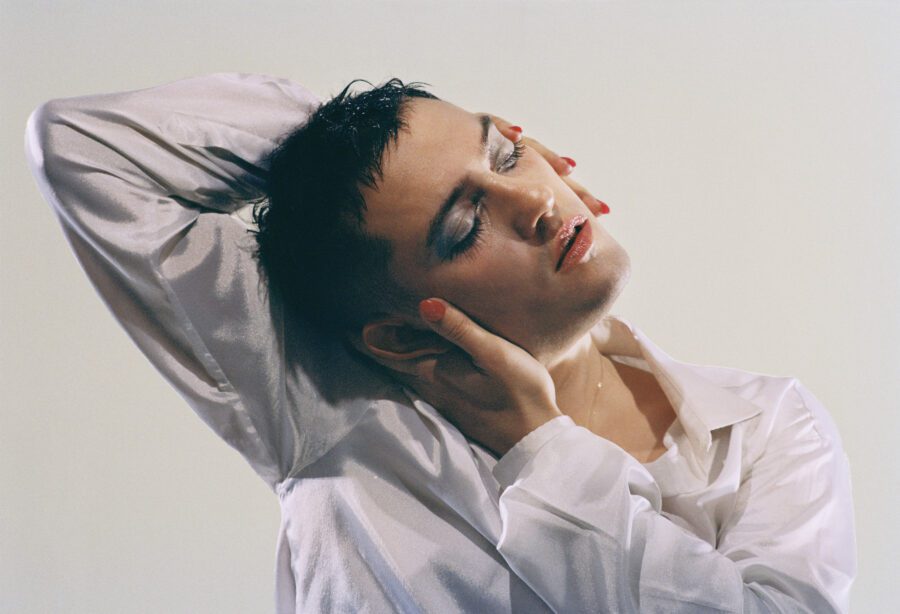
IMAGE CREDITS: CG WATKINS








